DIGITAL PHOTOGRAPHY : KNOW YOUR CAMERA
Improving your photography means taking full control of your camera. Many smartphones and compact cameras lock you out or restrict control of certain aspects of photography, such as the ability to set exposure. To get the best out of this book, it’s highly recommended that you use either a bridge camera (also known as a hybrid or prosumer) or an interchangeable lens system camera (or system camera for short). The latter type is preferable because, as the name suggests,you can switch lenses to suit a particular task.System cameras also let you expand their capabilities by adding other accessories, such as flashguns. System cameras can be neatly split into two groups: digital single lens reflex (dSLR) and mirrorless.
COMPARING CAMERAS :
Cameraphone -
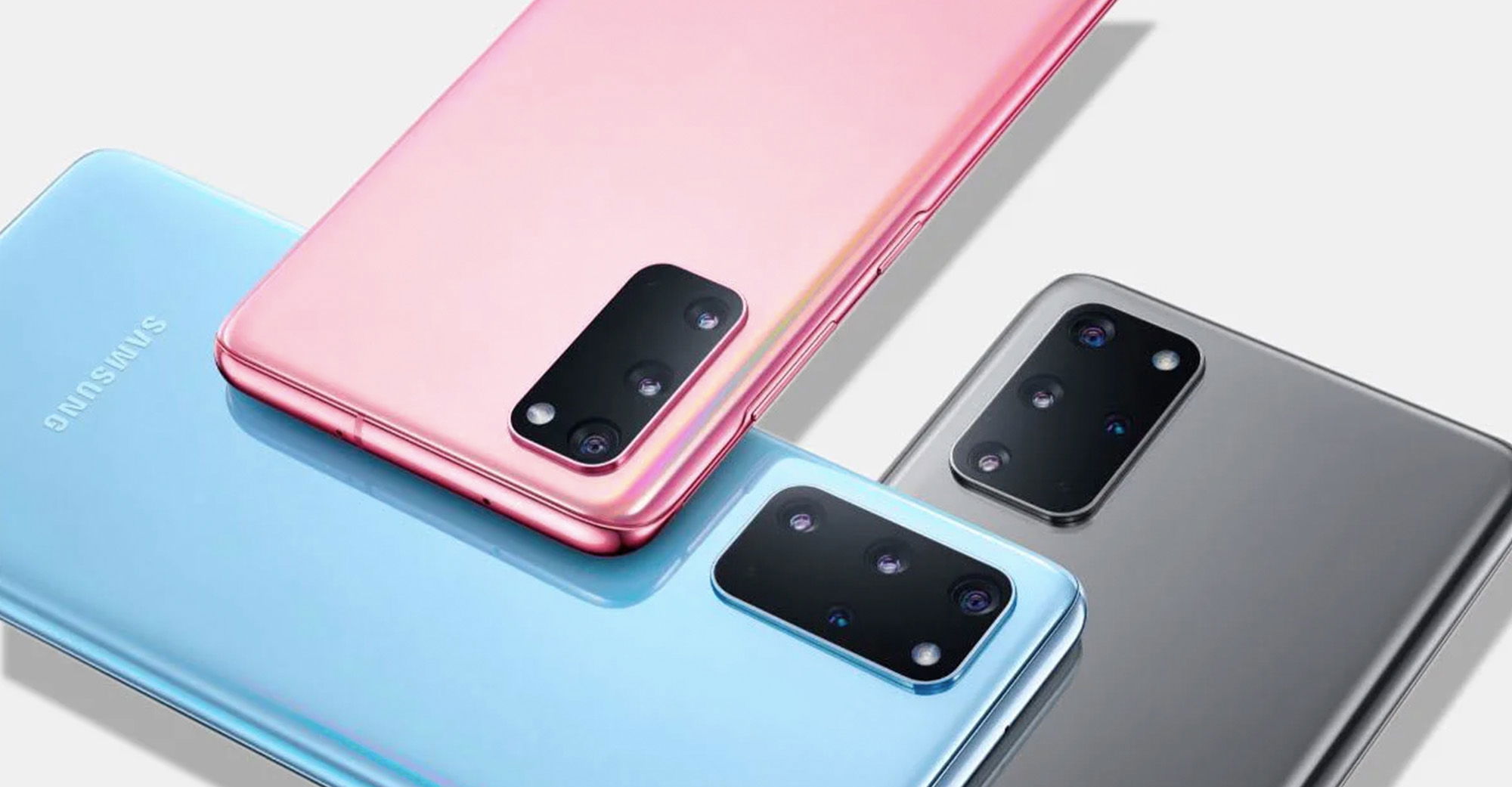
PROS
◾ Easy to carry around
◾ Apps allow you to alter images
CONS
◾ Fixed focal length lens
◾ Resolution and image quality can be restrictive
...........................................................................................................................
Compact -
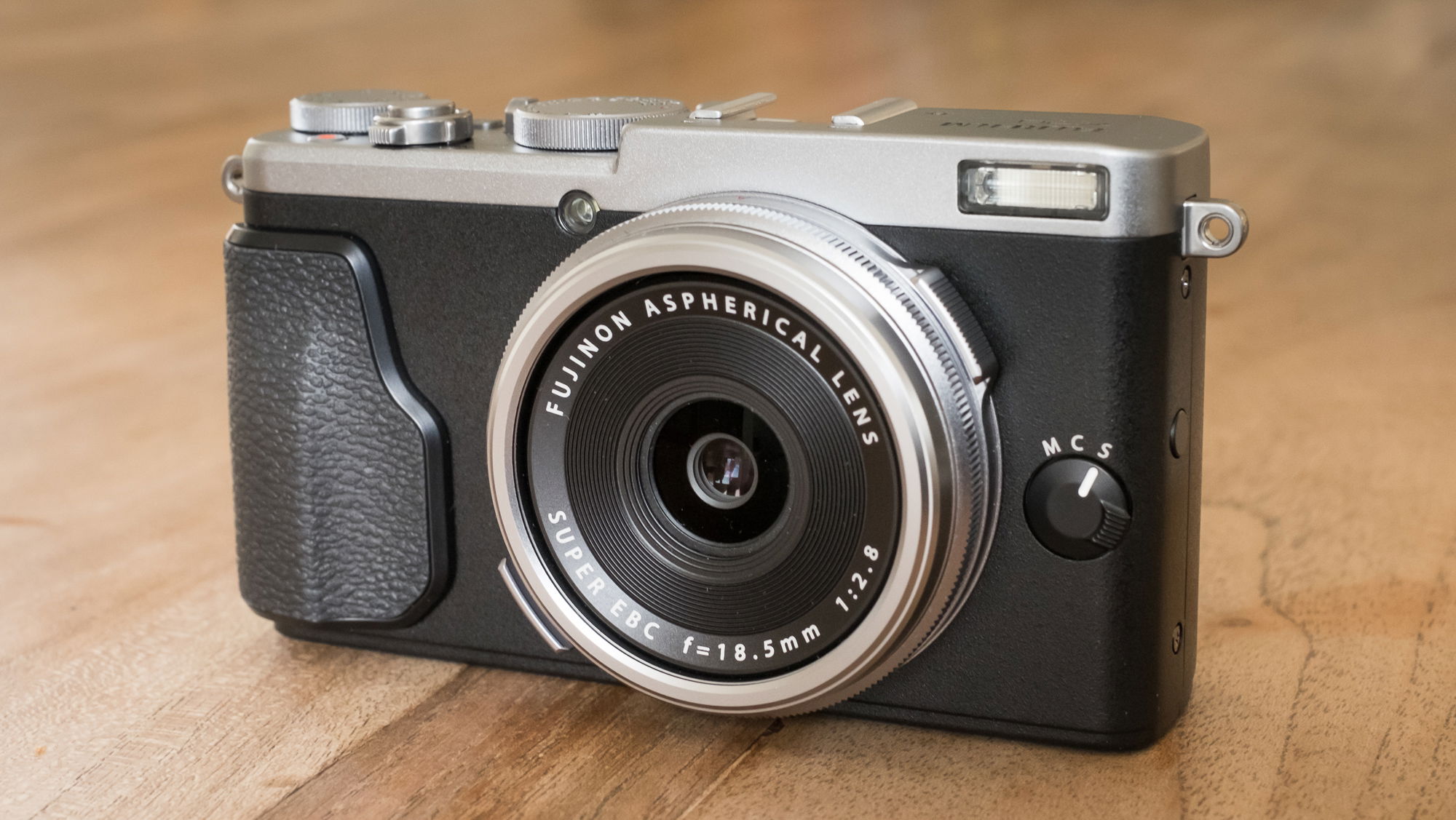
PROS
◾ Easy to carry around
◾ Inexpensive
◾ Good zoom lens range
CONS
◾ Limited number of physical controls on camera body
◾ Restricted range of shooting modes
◾ Low-light capability is lacking
◾ Often can’t shoot RAW
...........................................................................................................................
Bridge / Prosumer -
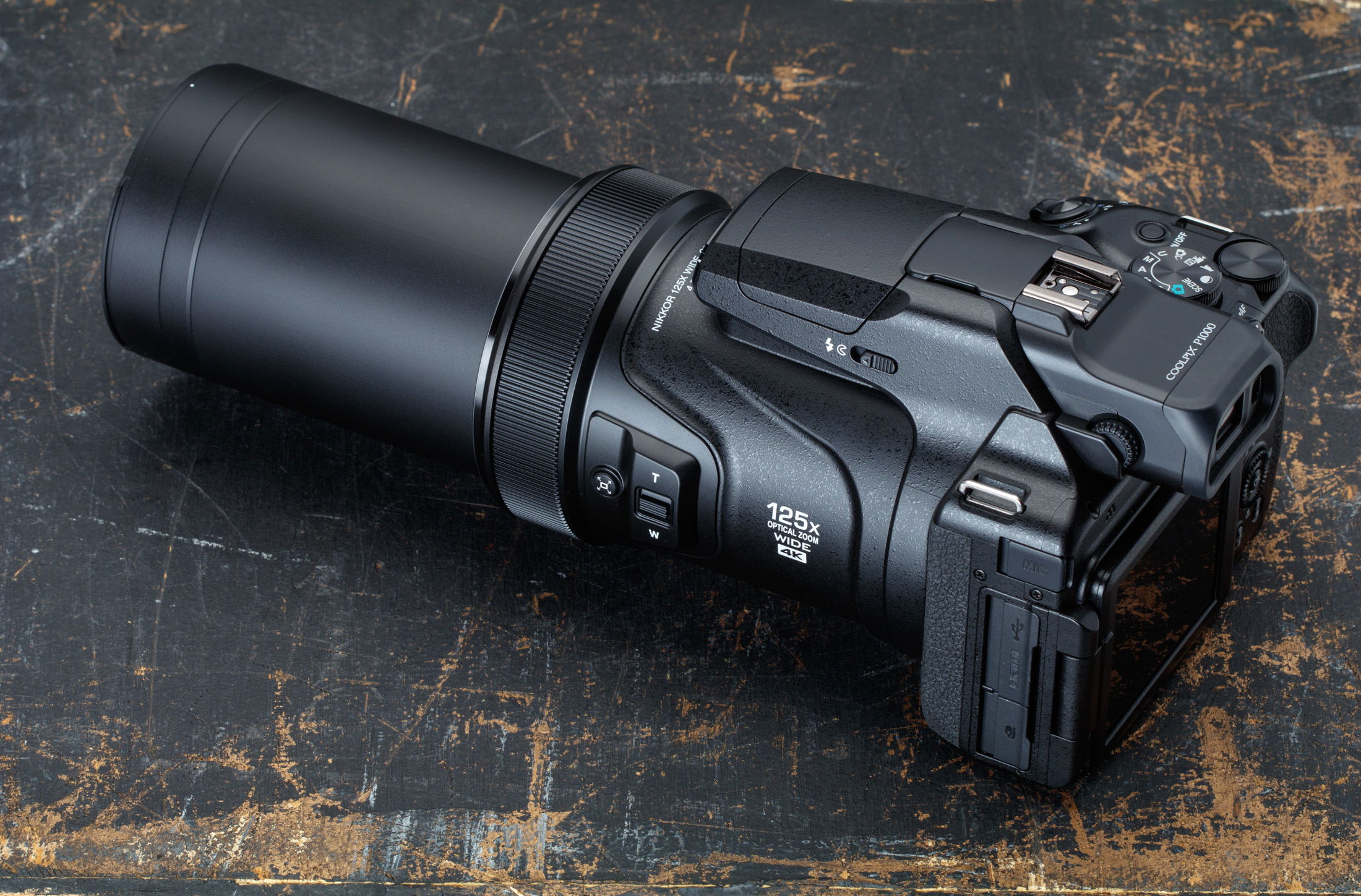
PROS
◾ More control over exposure than compact or cameraphones
◾ Relatively inexpensive
CONS
◾ Lower image quality than system cameras
◾ Zoom lens is fixed, so less versatile than system cameras
...........................................................................................................................
System -
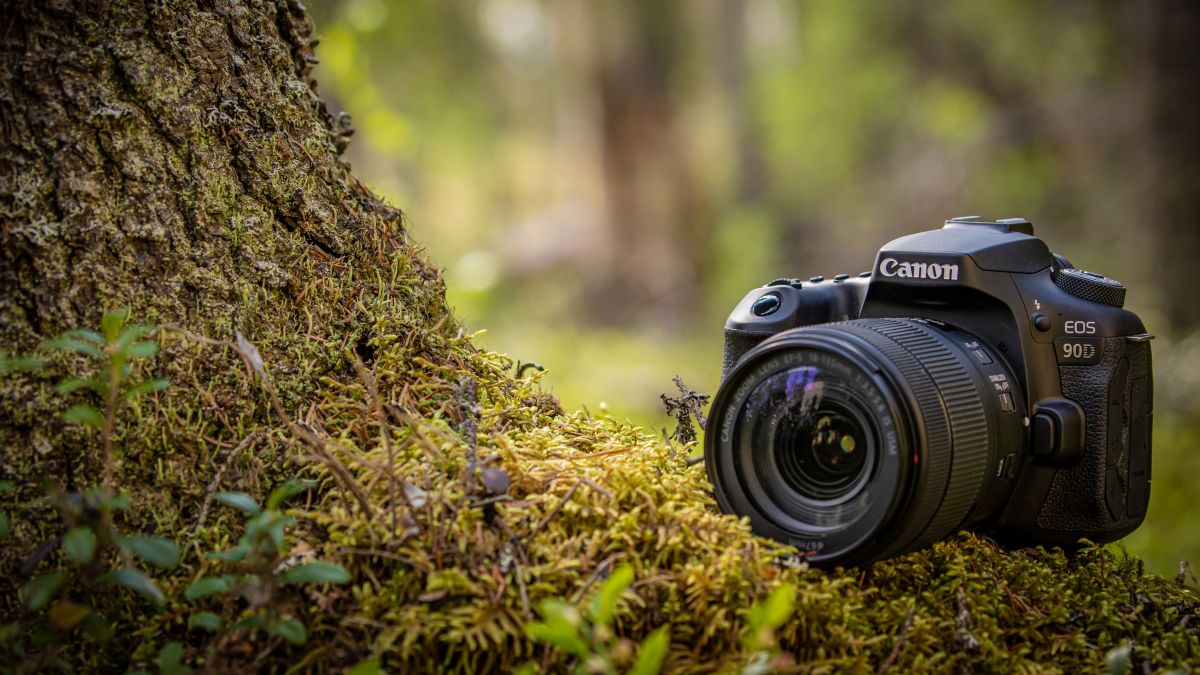
PROS
◾ Image quality
◾ Expandable capability
◾ Versatile
CONS
◾ Bulky
◾ More expensive
WHICH SYSTEM CAMERA?
DSLR -

Optical Viewfinder: Image from lens is projected via mirror and pentaprism to the Viewfinder.
Advantages
◾ Based on older film-based systems, so wide range of lenses and accessories available
◾ Focusing is often quicker than in mirrorless cameras
◾ Excellent battery life
Disadvantages
◾ Camera bodies and lenses tend to be larger than mirrorless systems
◾ Need to switch to Live View mode to preview images on-screen
...........................................................................................................................
MIRRORLESS -
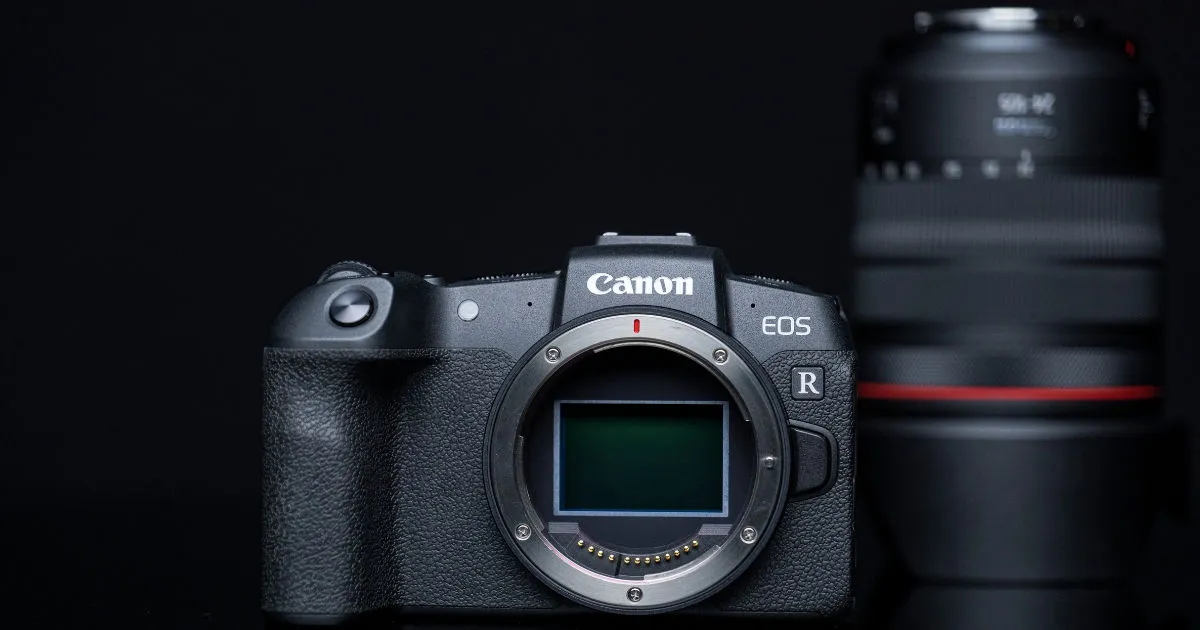
LCD or electronic Viewfinder: Image from sensor is fed directly to the LCD or Viewfinder.
Advantages
◾ Purely digital system, so lenses are optimized for shooting digital images
◾ Relatively small size and weight
◾ Frame rate (the number of shots a camera can shoot per second) is generally higher than dSLRs
Disadvantages
◾ Mediocre battery life
◾ Smaller range of lenses and accessories compared to dSLRs
...........................................................................................................................
WHAT YOU’LL NEED WITH BOTH CAMERAS -
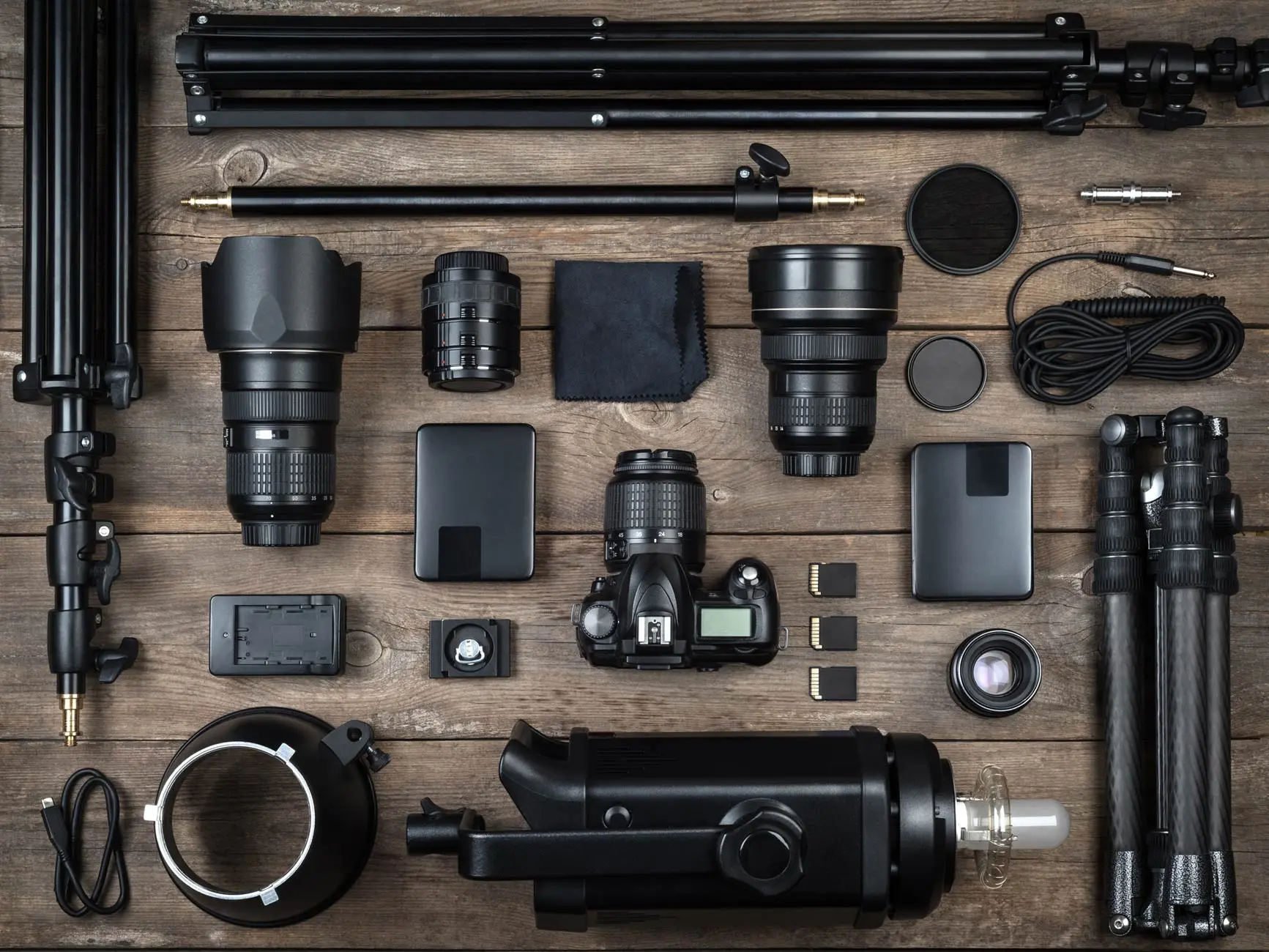
It’s fun to buy accessories for your camera, though some are more useful than others. Below are the accessories you’ll need for this book.
◾ Kit lens
◾ Wide-angle zoom
◾ Telephoto zoom
◾ Tripod
◾ Remote release
◾ Filters
◾ Adobe Photoshop or similar
◾ Memory card and card reader
◾ Flashgun
HOW A CAMERA SEES :
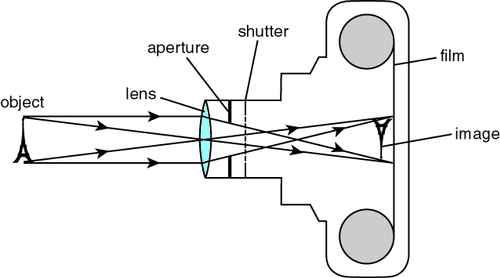
Inside every digital camera is a light-sensitive surface called a digital sensor. When you press the shutter button to take a photo, the sensor collects and records the exact amount of light that falls onto it. This information is then converted in-camera into the data that’s needed to make a digital image.
Exposing an image -
A digital sensor is covered in millions of microscopic cavities known as photosites. When exposed to light, particles of light (photons) fall into the photosites. When the exposure ends, the camera meticulously counts the number of photons in each photosite and uses this information to create a photo. The darkest areas of the image are those where the fewest photons were recorded by the photosites. Brighter areas are where more photons were recorded.
Seeing the light -
Light either reaches the camera direct from the light source — this is known as incident light— or bounces off objects in a scene before it reaches the camera, which is known as reflected light.
Converting light -
In order to create a sharp photo, light must be focused precisely onto the sensor. This is achieved through the use of a glass (or plastic) optical system known as a lens. The amount of light reaching the sensor is controlled by two physical mechanisms.
Color -
A photosite on its own only records levels of brightness. To record color, a color filter— red, green, or blue—is placed over each photosite. This filtration blocks colors of light that are dissimilar to the filter. A cluster of one red, two green, and one blue photosite is combined by the camera to make up one pixel in the final photo.